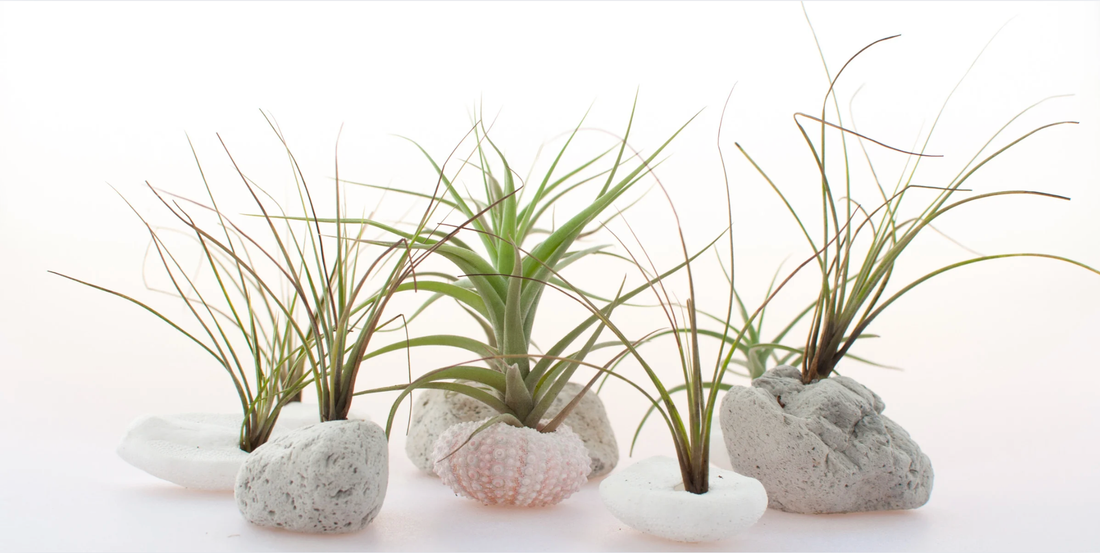For years, houseplants have been praised as natural “air purifiers,” often based on a famous NASA study from the 1980s. But what’s the truth? Do a few plants in your living room really clean the air? The short answer: yes—plants can remove some pollutants—but in a home setting, you would need a lot of plants to make a noticeable difference. That doesn’t mean air-purifying plants aren’t worthwhile. They still bring beauty, reduce stress, and contribute to a healthier environment in many ways. Let’s explore what the science says and which plants are most effective.
The Science Behind Air Purifying Plants
In 1989, NASA conducted a study to test whether plants could filter toxins like formaldehyde, benzene, and trichloroethylene in sealed chambers. The results showed that many common plants reduced these chemicals from the air. However, the study was done in highly controlled, small spaces—not in the average home with open airflow.
Later research found that while plants do absorb some pollutants, the impact in typical homes is relatively small. According to environmental scientists, you’d likely need dozens of large plants per room to equal the filtration power of a single mechanical air purifier.
So while the “plants as purifiers” headline is a bit overstated, plants still contribute to healthier air by:
-
Increasing humidity through transpiration
-
Reducing dust particles
-
Providing psychological benefits that reduce stress and improve wellbeing
Popular Air Purifying Plants
Even if one or two plants won’t completely detox your air, the following species are known for their resilience, beauty, and contribution to a healthier indoor atmosphere.
Snake Plant (Sansevieria / Dracaena trifasciata)
-
Why it’s loved: Nearly indestructible, tolerates low light, and adds architectural form.
-
Air purifying role: Shown to absorb formaldehyde, benzene, and xylene in studies.
-
Care: Let soil dry between waterings; thrives in a wide range of light conditions.
Peace Lily (Spathiphyllum)
-
Why it’s loved: Attractive glossy leaves and occasional white blooms.
-
Air purifying role: Known to reduce levels of benzene, formaldehyde, and trichloroethylene.
-
Care: Prefers medium to low light; keep soil evenly moist.
Pothos (Epipremnum aureum)
-
Why it’s loved: Trailing growth, easy to propagate, and very forgiving.
-
Air purifying role: Can remove formaldehyde, benzene, and toluene in lab studies.
-
Care: Thrives in low to bright indirect light; water when soil is partially dry.
Spider Plant (Chlorophytum comosum)
-
Why it’s loved: Beginner-friendly, produces fun “pups,” and adds a burst of greenery.
-
Air purifying role: Effective against formaldehyde and carbon monoxide in test chambers.
-
Care: Indirect light and moderate watering; tough and adaptable.
Monstera (Monstera deliciosa)
-
Why it’s loved: Large, tropical leaves with dramatic fenestrations.
-
Air purifying role: Absorbs some indoor VOCs (volatile organic compounds), while doubling as a statement plant.
-
Care: Bright, indirect light; well-draining soil; water when topsoil dries slightly.
The Truth: Plants vs. Air Purifiers
Here’s the reality check:
-
A single houseplant won’t noticeably clean the air in a modern home.
-
You would need a dense indoor jungle to achieve significant filtration effects.
-
Mechanical air purifiers with HEPA filters are still far more effective for reducing allergens and pollutants.
But—plants still matter. Their impact may be subtle, but the combined benefits of greenery, humidity, stress relief, and aesthetic improvement contribute meaningfully to your overall wellbeing.
How to Get the Most from Air Purifying Plants
-
Go for variety: Mix plants like snake plants, pothos, and peace lilies for different textures and benefits.
-
Use sustainable soil and pots: Pair with Urbane Eight’s peat-free soils and Kanso recycled pots to keep your plant care eco-friendly.
-
Cluster plants: Grouping plants together may enhance their microclimate and slightly increase overall impact.
-
Maintain healthy plants: Stressed or diseased plants won’t contribute as effectively.
Final Thoughts
Air-purifying plants may not replace an air filter, but they still play a powerful role in creating a healthier, happier home. They bring beauty, reduce stress, and foster a connection with nature that modern life often lacks.
If you want to start your own collection of “air purifying” plants, Urbane Eight offers popular favorites like Snake Plants, Monsteras, and Peace Lilies—along with sustainable soils and recycled Kanso pots to keep your care eco-conscious.




